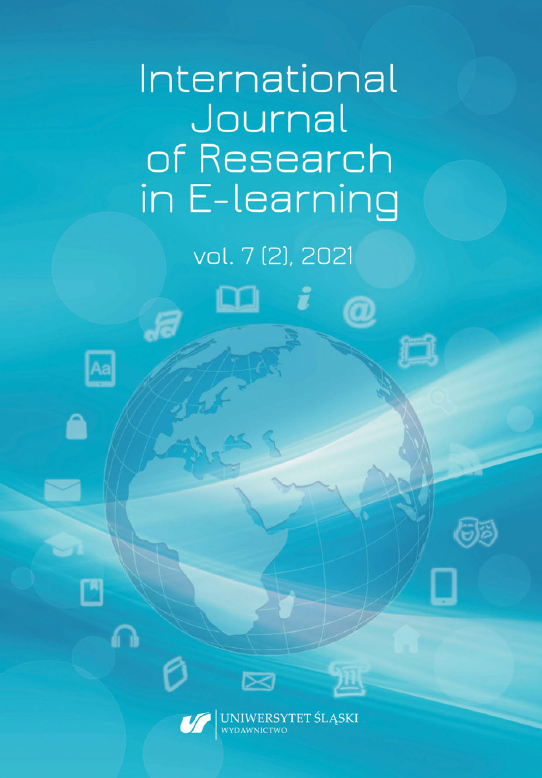

 https://doi.org/10.31261/IJREL.2021.7.2.05
https://doi.org/10.31261/IJREL.2021.7.2.05
The COVID-19 pandemic has greatly affected every area of our lives. One of them was education, which had to undergo a huge transformation in a very short time. Overnight, the computer replaced the blackboard and became the only tool of communication between a student and a teacher. Teachers had to completely change the tools used in the teaching process and enter a completely new and, for many of them completely unknown, working environment. Online learning has replaced traditional teaching. A computer with Internet access has become a basic work tool for people who have so far used it mainly for recreational purposes. Teachers were thrown in at the deep end, for most of themit was the first time they had encountered platforms for remote communication.
As the workspace has changed, learners and teachers have begun to move much more frequently into the world of the Internet, which harbors many dangers of which quite a few people were previously unaware. For this reason, the authors decided to investigate the problem of information security in e-learning. This paper attempts to collect the experiences and assess the awareness of university teachers about information security threats while teaching during the COVID-19 pandemic. The research results presented in this paper showed that the level of awareness of the risks, that may affect academic teachers in the distance learning process, is very low. Additionally, no appropriate procedures for safe distance learning have been developed. The communication security area was practically completely overlooked during the COVID-19 educational revolution.
Download files
Citation rules

Vol. 7 No. 2 (2021)
Published: 2022-02-21